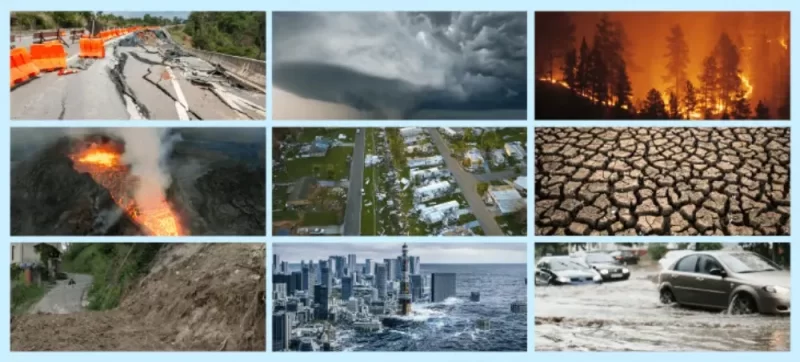Uncategorized
Pods in Post-Disaster Rescue Operations
In the aftermath of a disaster, rapid and accurate assessment of the affected area is crucial for saving lives and coordinating effective relief efforts. Pods—compact sensor units mounted on drones or aircraft—are proving to be invaluable in disaster response scenarios. With advanced imaging and sensing technologies, these systems enable fast, thorough aerial surveys, even in complex and hazardous environments.
Key Applications of Pods in Disaster Response
1. Damage Assessment and Mapping
Pods equipped with high-resolution cameras and LiDAR sensors can quickly collect aerial imagery and produce detailed 3D maps of disaster zones. This real-time data helps emergency teams evaluate the severity of damage to infrastructure, buildings, and roadways—enabling them to prioritize rescue and relief operations more effectively.
2. Thermal Imaging for Locating Survivors
Thermal sensors integrated into pods can detect body heat, allowing responders to locate individuals trapped under debris or hidden in low-visibility environments such as smoke or darkness. These capabilities significantly increase the speed and precision of search and rescue missions, even in the most challenging conditions.
3. Enhancing Search and Rescue Missions
Following disasters like earthquakes, floods, or wildfires, pods with high-definition visual and thermal cameras can scan areas that are unsafe or inaccessible for human teams. By transmitting live video feeds, they help teams identify hazards, assess conditions on the ground, and pinpoint where urgent intervention is needed.
4. Real-Time Data Transmission and Coordination
Pods can continuously stream data when mounted on drones or aircraft, providing real-time situational awareness to command centers and ground crews. This seamless communication improves coordination among rescue units, accelerates decision-making, and ensures optimal deployment of resources.
5. Structural Damage and Safety Evaluation
Assessing the stability of buildings and infrastructure is critical after disasters like hurricanes or earthquakes. Pods can capture high-definition imagery and sensor data to help structural engineers remotely evaluate damage. This minimizes risks for personnel and speeds up the decision-making process regarding building safety and access.
6. Detection of Environmental Hazards
Post-disaster environments often come with additional threats such as gas leaks, chemical spills, or active fires. Pods equipped with specialized sensors can identify these dangers from the air, providing early warnings that allow responders to take precautionary actions before situations worsen.
7. Communication Relay in Isolated Areas
In remote or heavily damaged regions where communication lines are down, pods can function as airborne communication hubs. By acting as mobile relays, they help maintain reliable communications between rescue teams and coordination centers, ensuring continuous information flow and effective command during operations.
Conclusion
Pods have become essential tools in modern disaster response efforts, offering real-time intelligence, aiding in the rapid detection of survivors, and supporting safer, more efficient damage assessments. As technology continues to evolve, pods will play an increasingly critical role in enhancing the speed, safety, and effectiveness of disaster relief operations—ultimately helping save more lives and reduce the long-term impacts of catastrophic events.
